- Home
- Advertising
- 15 Racist Brand Mascots And Logos That Make The Redskins Look Progressive
15 Racist Brand Mascots And Logos That Make The Redskins Look Progressive
Aunt Jemima, 1889-Present

Chief Blackjack (1928-1987)
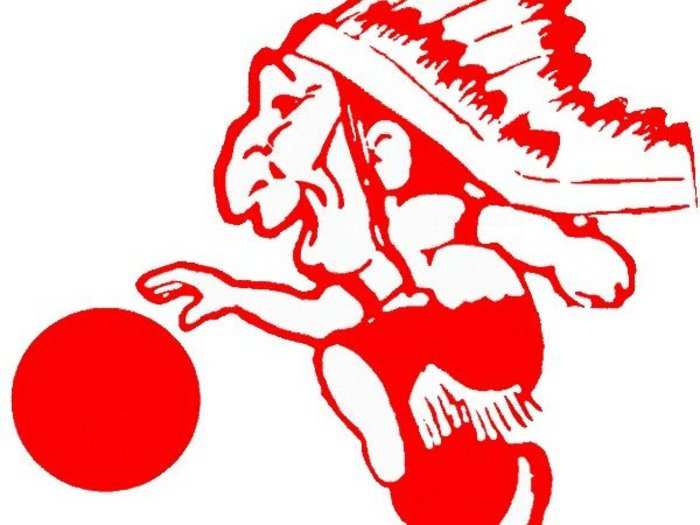
Organization: St. John's University
The Queens, New York-based college began calling its sports teams the Redmen in the early 1920s and adopted the Chief Blackjack mascot in 1928 when two students found a statue of him outside a cigar store.
The school used a variant of the wildly offensive logo you see here up until 1987, finally ditching the Redmen name in 1994 after pressure from Native American groups. The school's teams are now known as the Red Storm.
Source: St. John's University, Jay Rosenstein Productions, New York Times
Darkie, 1933-1989

Company: Darkie Toothpaste
The name and mascot of Darkie Toothpaste, founded in Hong Kong in 1933, were also "inspired" by the minstrel show.
The brand quickly became popular in Asia, and in 1985, Colgate-Palmolive purchased a 50% stake for $50 million. Four years later, the conglomerate heeded the call of shareholders and activists and changed the name to Darlie, swapping the minstrel logo for one of a racially ambiguous man.
Darlie remains popular in China, where its Chinese name still translates to "Black People Toothpaste."
Rastus, 1901-1925
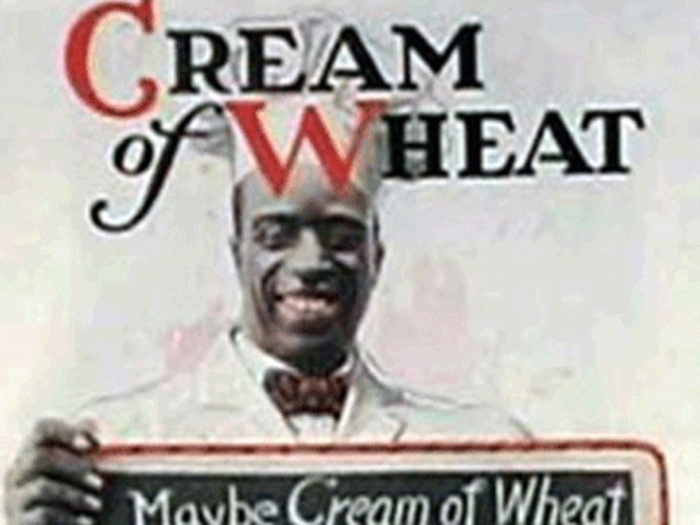
Company: Cream of Wheat
Since the 1880s, Rastus has been widely considered a pejorative term associated with black men. Through advertisements from the first part of the 20th Century, the smiling chef is depicted as childlike and uneducated.
Cream of Wheat took Rastus off the box in 1925 in favor of a portrait of Frank L. White, a Chicago chef who remains on the box to this day.
Miss Chiquita, 1944-Present
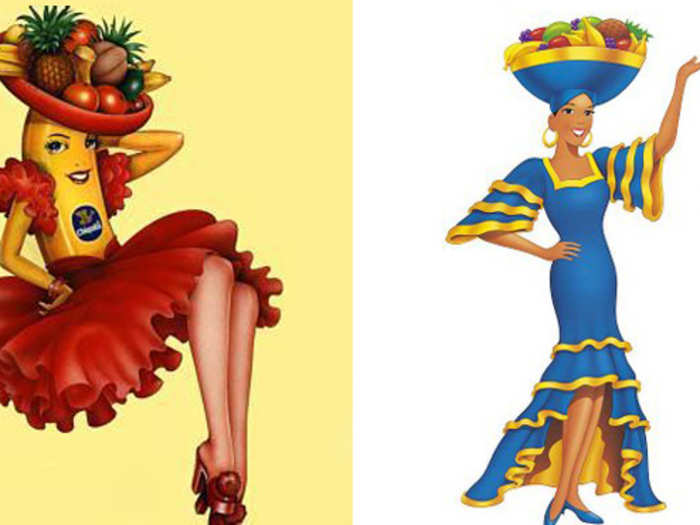
Company: Chiquita
Originally a sexy banana, the mascot is now a sexy banana seller. She wears a Carmen-Miranda-esque fruit hat that gives an exotic and idealized image of the tropics.
Source: Chiquita
Syracuse University Saltine Warrior (1931-1978)
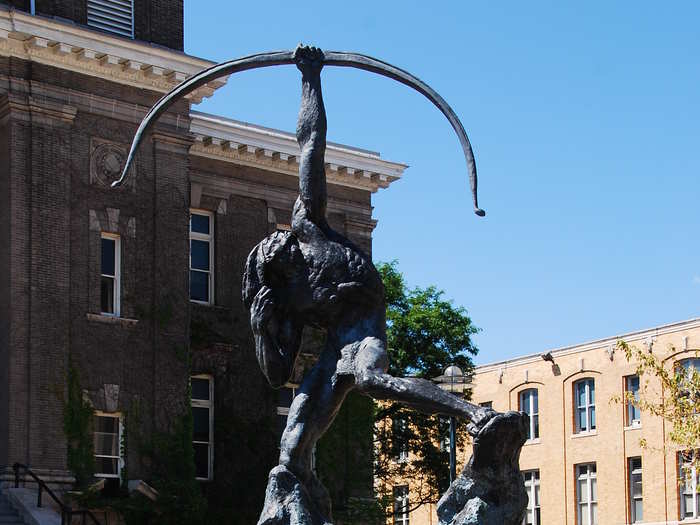
Organization: Syracuse University
Before the private university looked to Otto the Orange for a boost of school spirit, Syracuse University’s mascot was Big Chief Bill Orange, the Saltine Warrior.
A statue of the Saltine Warrior was erected on the campus in 1951 and still stands today. In 1978, students in the Syracuse community and members of a Native American organization protested the use of this offensive mascot.
Eventually the Saltine Warrior was retired along with the offensive costume worn by the mascot.
Source: Syracuse University Archives
Frito Bandito, 1967-1971
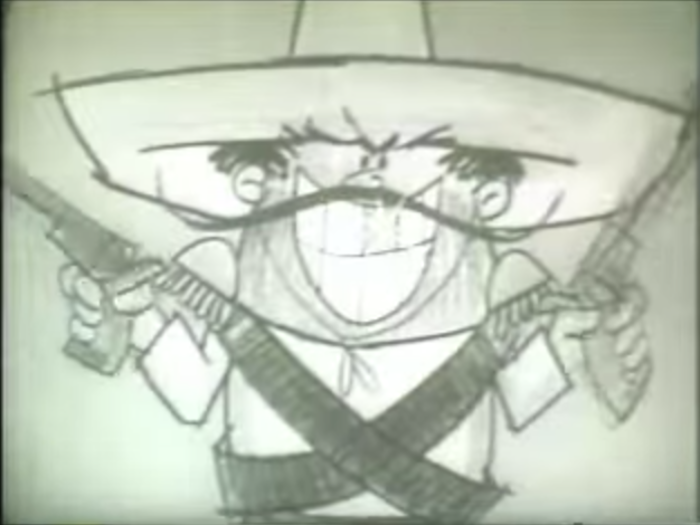
Company: Fritos
Speaking broken English and robbing unsuspecting bystanders, the Frito Bandito was an armed Mexican conman with a disheveled look and a gold tooth.
Responding to pressure from the Mexican American Anti-Defamation Committee, the snack food giant cleaned up Frito Bandito's look. But combed hair and a friendlier expression didn't quite cut it.
Fritos ditched the cartoon, and a less controversial band of cowboys, the Muncha Bunch, replaced him.
Source: "On the Media"
Robertson's Golliwog, 1910-2001
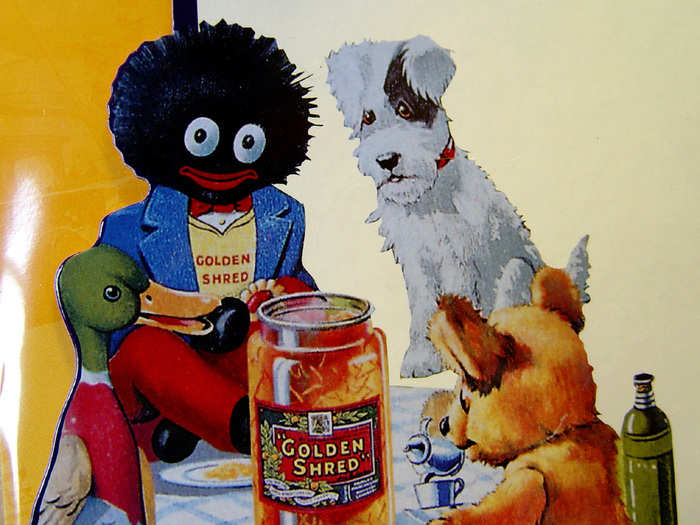
Company: Robertson's
Popular in Europe in the last century but little known in the U.S., the Golliwog was a minstrel-inspired children's plaything appropriated to sell jam by British company Robertson's.
In exchange for tokens removed from Robertson's products, consumers could send for Golly pins and badges. The company estimates it sent out 20 million pieces of Golly memorabilia during the campaign's decades-long run.
Golly's presence dwindled following sharp criticism and boycotts. The mascot disappeared from television advertising in the 1980s and Robertson's called off its Golly badge-distribution scheme in 2001.
Source: Slate
Eskimo Pie, 1921-Present
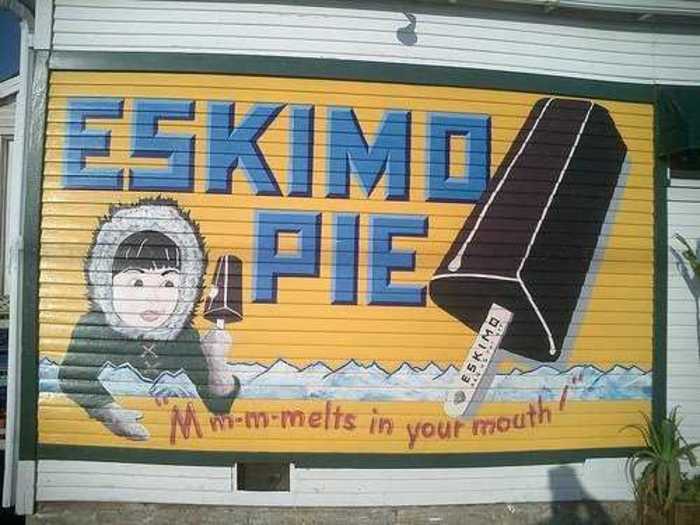
Company: Cadbury Pascall
The ice cream treat named for a North American tribe became the subject of controversy in 2009 when a Canadian Inuit woman said the product name insulted her heritage.
A slow-moving and largely unpublicized battle in North America's northland has quietly raged on against the use of the word "Eskimo" to describe people with Inuit heritage.
But "Eskimo" is so ingrained that even the occasional blasts of bad publicity have failed to persuade manufacturer Cadbury Pascall to consider a new name.
Source: The Toronto Star
Uncle Ben's, 1940s-Present
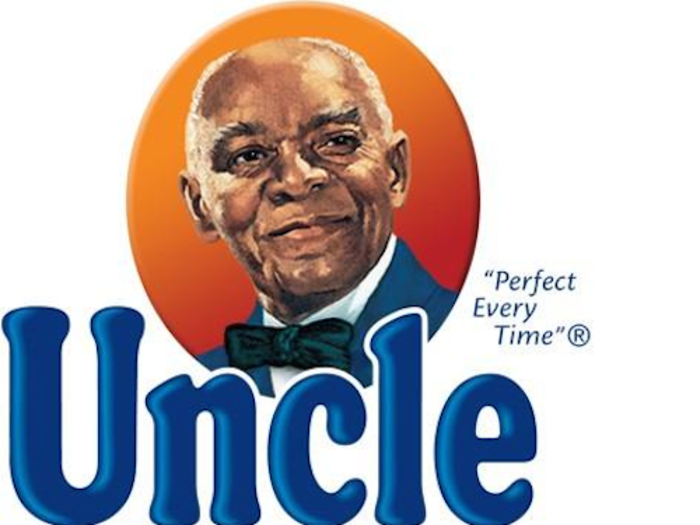
Company: Uncle Ben's
In 1946, America first met Uncle Ben, then a rice-slinging domestic servant. The dapper black cook was only recently "promoted" after more than six decades of servitude.
Uncle Ben's Inc., owned by Mars, named Ben its fictional Chairman of the Board in 2007. Visitors to the brand's website can even take a tour of his virtual office.
While this move quelled some criticism, some still say the name "Uncle," which was pejorative, needs to be changed.
Source: The New York Times
Chief Wahoo, 1947-Present
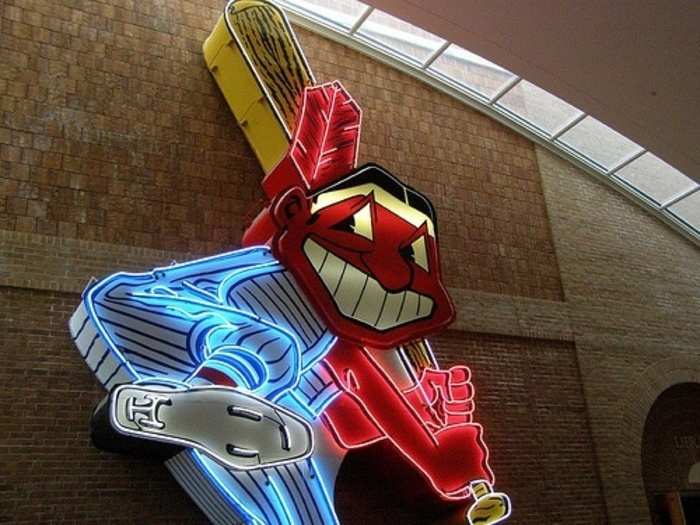
Company: Cleveland Indians, Major League Baseball
Despite decades of criticism and lobbying for his removal, Chief Wahoo is still the mascot for Major League Baseball's Cleveland Indians.
Still, the once-untouchable landscape of sports mascots is bending. Now that the Redskins lost their trademark, the Cleveland Plain Dealer is asking whether Chief Wahoo should be next.
Source: The Christian Science Monitor
Sambo's, 1957-1981
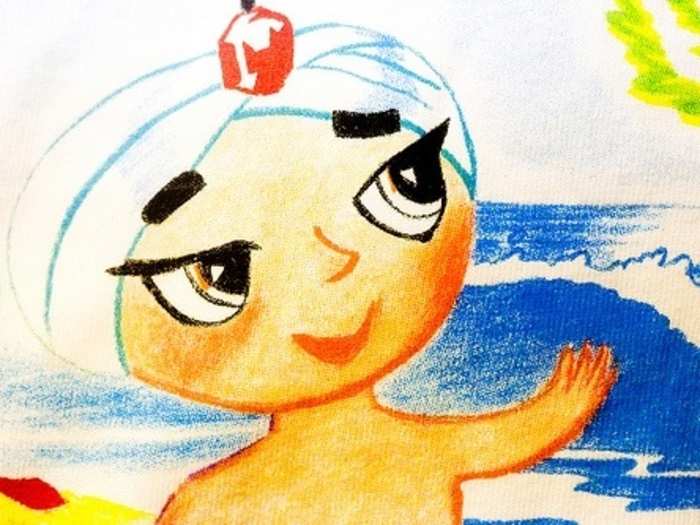
Company: Sambo's
When restaurateurs Sam Battistone and Newell Bohnett launched Sambo's, they insisted its name had nothing to do with a children's book of the time, "The Story of Little Black Sambo."
But the businessmen capitalized on the association, with "Little Black Sambo"-inspired decor.
In the late 1970s, the chain had 1,200 locations in 47 states. But after some backlash, a name change and an attempt at an identity makeover, it went bankrupt in 1981.
Source: Slate
Funny Face Drink Mix, 1964-1965
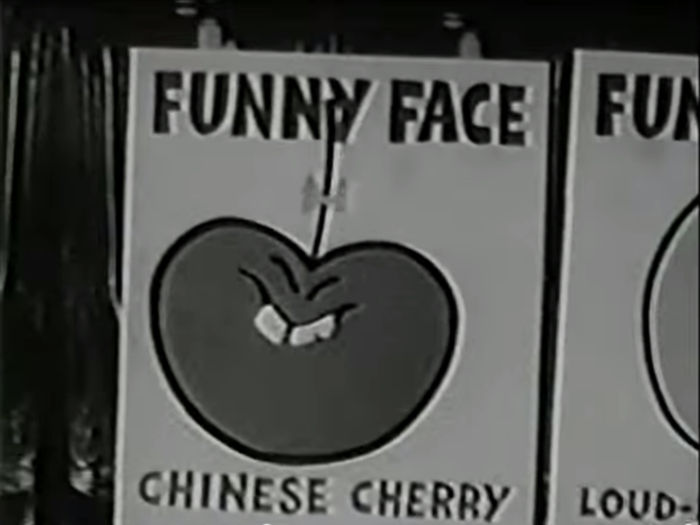
Company: Pillsbury
When Kool-Aid started dominating the refreshment market, Pillsbury decided to create its own, competing brand: Funny Face.
Injun Orange and Chinese Cherry are actual varieties of Funny Face, and the racist overtones didn't stop at the names; caricatures accompanied each of the flavors.
Pillsbury would soon swap out its original varieties for Jolly Olly Orange and Choo Choo Cherry on its own.
Source: Slate
Crazy Horse malt liquor, 1992-2001
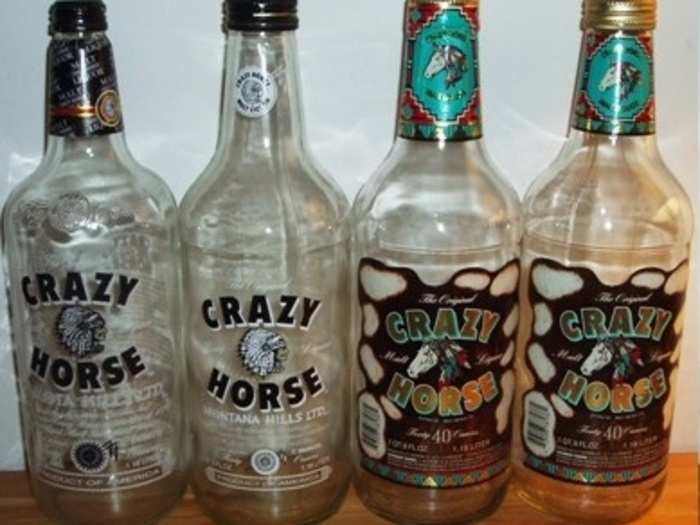
Company: Stroh Brewery
Though the real Crazy Horse may have advocated abstinence, that didn't stop Stroh Brewery from capitalizing on his recognizable name and image — as well as the popular stereotype that Native Americans are heavy drinkers — with this malt beverage.
The company had to backpedal hard after its product inspired serious outrage from Crazy Horse's estate and the Rosebud Sioux Tribe. In 2001, Stroh apologized in a ceremony on the Rosebud Reservation.
Crazy Horse is still on the market, but under the name Crazy Stallion.
Source: Slate
Krispy Kernels (1959-1900, 2013)
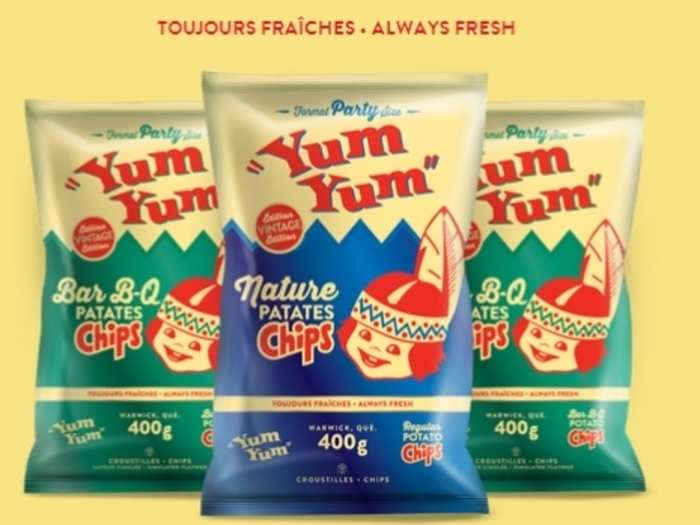
Company: Krispy Kernels
Krispy Kernels' original logo for Yum Yum potato chips was introduced in 1959, when the Quebec-based potato chip company was founded. The mascot and logo depicted a young, Native American boy wearing stereotypical clothing: a headdress and a loincloth.
The company was recently scrutinized for reviving the offensive logo for a short period of time in 2013. The logo originally disappeared during the Oka Crisis, a land dispute between the town of Oka, Quebec, and a group of Mohawk people.
Source: Huffington Post Canada
Mascots and logos weren't the only offensive things companies did back in the day
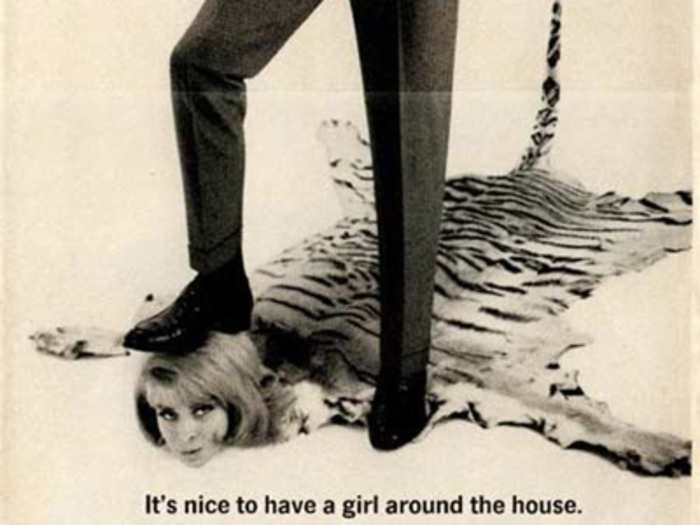
Popular Right Now
Popular Keywords
Advertisement